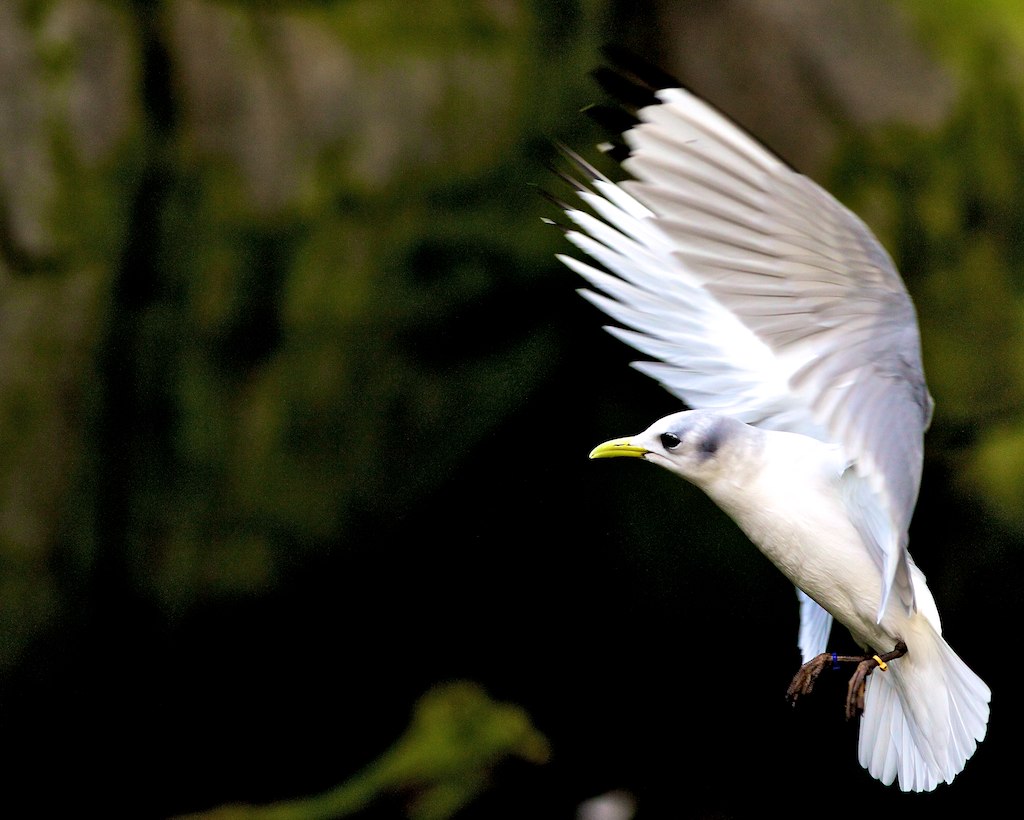That is what this post is about. I have noticed that my blog is surprisingly devoid of down to earth advice and works without supplemental light.
In it's essense photography is one thing. Light.
How you control that light is crucial to how your photo will turn out and the effects you can accomplish. Your tools to control light are your shutter speed, aperture and ISO.
The shot below was captured with only *insert shocked sounds* ambient light.
Canon EOS 5D mkII
Canon 200mm f/2.8L
1/500, ISO 800, f/4
Read more after the jump.
The above image was captured at the Biodome in Montreal, Quebec, Canada. The Biodome is an attraction that houses several ecosystems that contain wildlife distinct to each of those ecosystems. It is very cool and an amazing educational experience. Within the "St. Lawrence Gulf" exhibit was a large body of water and cliffs adorned with several species of birds including several seagulls and ducks. I had been watching these birds for several minutes and decided to try to catch one of these birds mid flight.
Normally, when shooting action and wildlife I try to stop down my aperture to about f/8 to f/9 in order to get enough depth of field to ensure that my subject is sharp. However, the ambient lighting conditions in the Biodome were far from ideal. A lack of light forced me to increase my ISO and open up my aperture. This allowed for more light to reach my sensor while still maintaining a fast shutter speed. The faster shutter speed is required in order to freeze action. Consider how far you can move within 1/500 of a second. Now consider how far you can move in 1/250 of a second, twice as far! The fast shutter speed ensures that I don't end up with a blurry bird.
Patience is the game while shooting wildlife. You pretty much have to stalk the animals and watch their patterns while preparing your shot. This particular bird flew the same pattern through the exhibit several times so I could anticipate where the bird was going to fly and when it was going to land. By capturing the seagull as it is slowing down to land it doesn't look like your typical seagull in flight. It almost looks more like a hummingbird at first glance.
Try it out. Freeze action with a fast shutter speed!


No comments:
Post a Comment